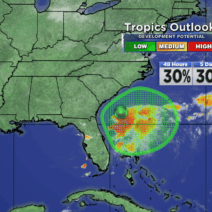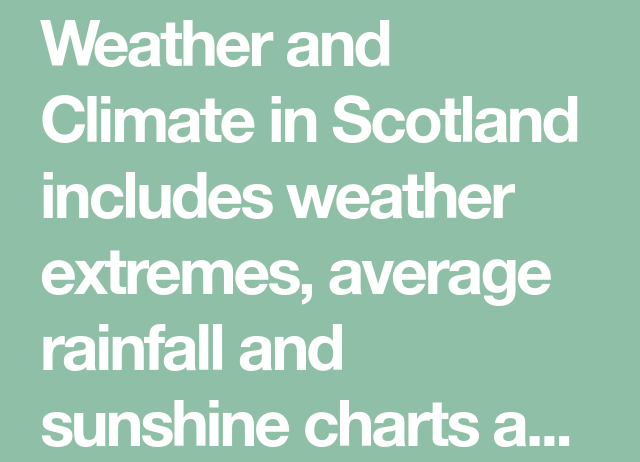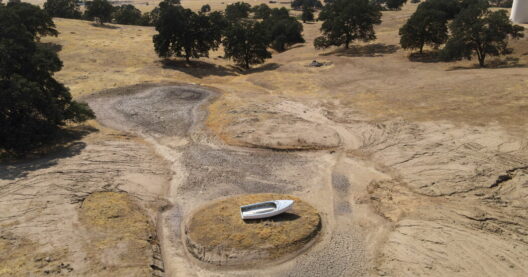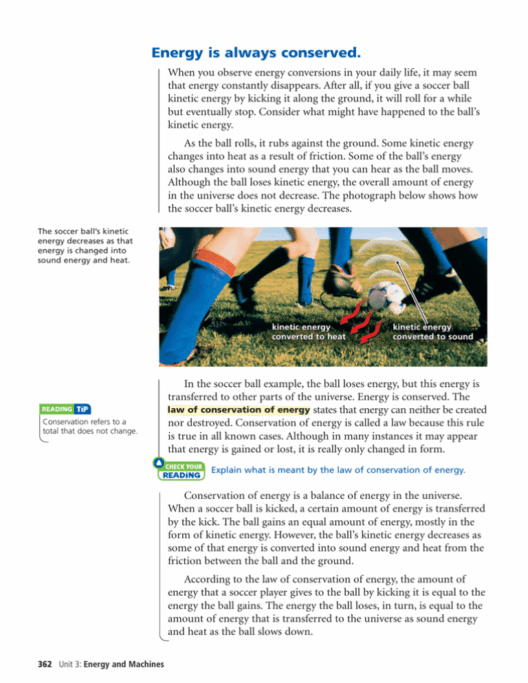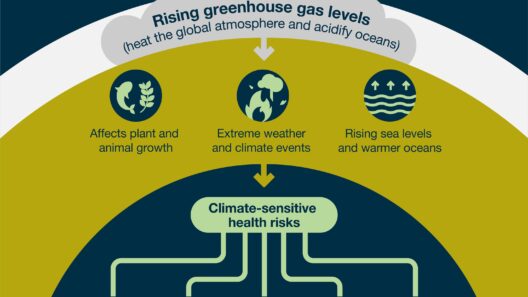Scotland, a land woven with the threads of history and mythology, boasts a climate that is as multifaceted as its rugged geography. From the misty hills cloaked in ethereal fog to the drizzles that bless the formidable Highlands, Scotland’s weather is an integral part of its charm and character. To comprehend the Scottish climate is to embark on an expedition through its temperate maritime influences, experiencing the capriciousness that can lead to both serene sunshine and torrential rain within a single day.
The primary driving force behind Scotland’s climate is its maritime environment, which engulfs the islands and mainland alike. Positioned on the fringes of the North Atlantic Ocean, Scotland is subject to the whims of weather patterns that originate from distant oceanic swells. The Gulf Stream warms the western shorelines, imbuing the region with an almost surprising mildness compared to its northern latitude. This temperate influence results in a climate that, though notorious for its rain, is often not as frigid during winter months as one might expect.
When contemplating the Scottish climate, one must acknowledge the quintessentially unpredictable nature of its weather. The Scots have an adage: “If you don’t like the weather, wait five minutes.” This phrase encapsulates the very essence of Scotland’s climate. In the lowlands, a sunlit morning can transform into a somber, rain-filled afternoon without warning, fostering a landscape that thrives in ever-changing patterns. The key to experiencing Scotland lies in embracing the variability, much like one would welcome the shifting pages of an ancient folktale.
Rain, often referred to affectionately as “liquid sunshine,” is an omnipresent figure in Scotland’s narrative. The average annual rainfall varies significantly across the regions, creating a patchwork of microclimates. For example, the western coast, particularly areas like the Isle of Skye, is famously drenched, receiving upwards of 3,000 millimeters of rain annually. This copious precipitation is not merely a nuisance; it nourishes the verdant landscapes that define Scotland’s uniqueness, giving rise to lush valleys and flourishing ecosystems that sparkle with life.
Conversely, the eastern regions, such as the Scottish Borders, tend to be drier, offering a contrasting tableau with rolling hills that bask under slightly sunnier skies. The diversity within Scotland’s climates invites exploration. The stark Highland regions, renowned for their dramatic beauty, experience the harshest weather. The elevation brings about cooler temperatures, and the mountains often stand as sentinels, capturing clouds that spill their contents over the rugged terrain, creating spectacles of cascading waterfalls and shimmering lochs.
Seasons, too, play a critical role in the tapestry of Scotland’s climate. Spring heralds the awakening of the land, as flora and fauna emerge from the confines of winter. The gentle warmth brings with it the fragrant scent of blooming heather, heralding the onset of longer days. Summers in Scotland can be unexpectedly warm; July often sees temperatures soar above 20°C (68°F), particularly in the southeast, where the days stretch invitingly. Yet even in summer, prepare for the occasional summer shower, an ever-present reminder of Scotland’s capricious climate.
As autumn unfurls its vibrant cloak, the landscape transforms into a riot of colors. Golds, crimson, and earthy browns blanket the hills, and the air carries a distinct crispness. It is a fleeting season, often marked by sudden squalls that sweep across the countryside, encouraging a deep appreciation for its transient beauty. Winter casts a more austere spell, where low temperatures can occur, especially in the North and Highlands, with snow decorating the higher elevations. This season invites a unique beauty, as landscapes are shrouded in frost and stillness, evoking a serene yet formidable elegance.
Furthermore, it is crucial to understand the ecological impact of Scotland’s climate. The varied weather conditions foster distinct habitats that support an incredible array of wildlife. From the elusive red deer roaming the moors to the vibrant seabirds nesting on coastal cliffs, Scotland’s biodiversity thrives amid this climatic interplay. However, these ecosystems are not immune to the challenges posed by climate change. Rising temperatures, altered precipitation patterns, and extreme weather events threaten the fragile balance of Scotland’s natural landscapes.
This brings forth the notion of stewardship—acknowledging that Scotland’s weather is a shared facet of its identity necessitating preservation and respect. Awareness and advocacy for sustainable practices become paramount in ensuring that future generations inherit not only the stories carved into the land but also its integrity as a living ecosystem. Understanding the nuances of climate thus transforms from mere curiosity into a crucial responsibility, as the weather no longer simply shapes the landscape; it dictates the soul of the nation.
Ultimately, Scotland’s climate is a symphonic blend of mist, drizzle, and sunshine, playing a stirring tune that resonates through the hills and glens. It invites all who venture within its borders to celebrate its natural whims and caprices. Like chapters in a novel, each day presents a new outlook—a celebration of unpredictable beauty and an homage to resilience. So, whether one finds joy in a sun-dappled afternoon spent amid wildflowers or in a tempestuous evening of swirling winds and rain-soaked earth, Scotland remains an enduring testament to the enchanting interplay of weather and land.

